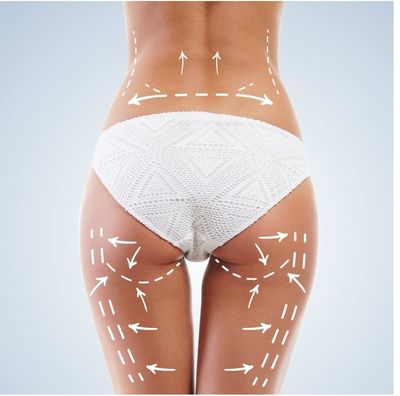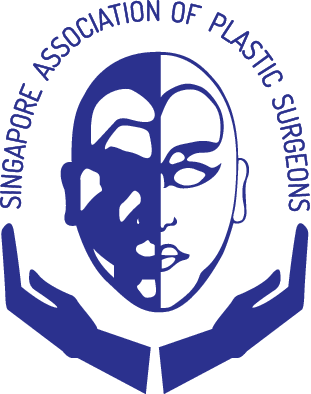BUTTOCK AUGMENTATION
Dr Chia Hui Ling

Buttock enhancement, also referred to as gluteal augmentation, aims to improve the symmetry, size, shape, projection and contour of the buttocks. This is with the use of implants, fat grafting or a combination of the two. Implants are silicone based, placed within the buttock tissue whereas fat grafting involves the use of fat from another region of the body into the tissue of the buttocks. Fat grafting of the gluteal region is sometimes referred to as a Brazilian butt lift (BBL).
In addition to buttock augmentation procedures, a buttock lift can also be done. Buttock lifts, also referred to as gluteal lift, aims to improve the shape and tone of the buttock tissue. It is commonly done when there is sagging and irregularity of the buttock skin/tissue. Poor elasticity of the buttock tissue leading to sagging is multifactorial, ranging from aging, sun damage, pregnancy to weight fluctuations and genetics factors.
TREATMENT
COMPLICATIONS AND MANAGEMENT
Risks of buttock agumentation include:
- Anaesthetic risks
- Poor wound healing
- Bleeding
- Infection
- Fluid accumulation (seroma)
- Major wound separation (dehiscence)
- Asymmetry
- Contour irregularity
- Skin pigmentation
- Skin loss
- Poor scarring
- Skin numbness
- Revision surgery to address complications
